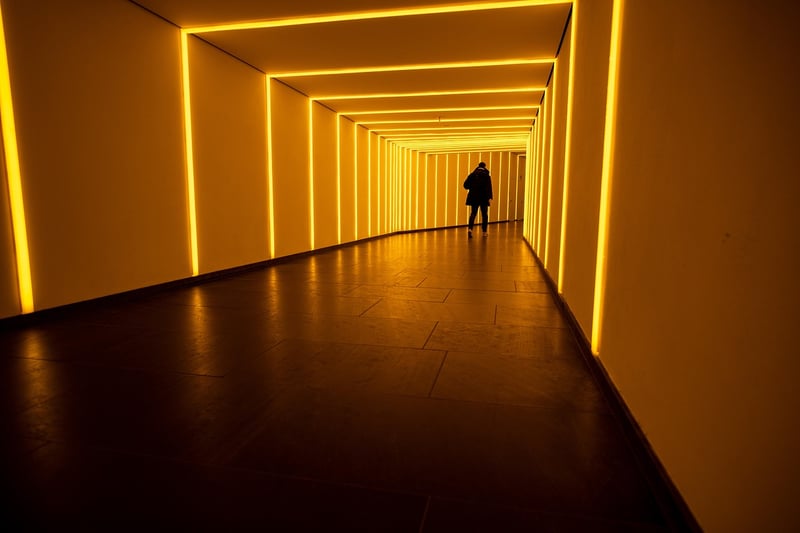Artificial Lighting Options
Ensuring Proper Light for Vertical Gardens
Vertical gardens are a fantastic way to bring greenery into urban spaces, but ensuring they receive adequate light is crucial for their health and growth. Here's a guide to help you provide the right light for your vertical garden.
1. Placement
When setting up your vertical garden, consider its placement. Choose a spot that receives adequate sunlight based on the plants you intend to grow. South-facing walls typically get the most sunlight, while north-facing walls get the least.
2. Natural Light
Most plants require 6-8 hours of sunlight daily. Ensure your vertical garden gets sufficient natural light by monitoring the sun exposure in your chosen location throughout the day. Adjust the placement if needed to optimize light exposure.
3. Artificial Lighting Options
If natural light is limited in your space, consider using artificial lighting to supplement or replace sunlight for your vertical garden.
Types of Artificial Lighting:
- Fluorescent Lights: Affordable and energy-efficient, ideal for growing a variety of plants.
- LED Grow Lights: Provide a full spectrum of light, promoting growth and blooming stages of plants.
- High-Intensity Discharge (HID) Lights: Produce intense light, suitable for larger vertical gardens or plants with high light requirements.
4. Light Duration
Ensure your vertical garden receives light for the appropriate duration. Most plants need about 14-16 hours of light per day. Consider using timers to automate the lighting schedule for consistency.
5. Monitor and Adjust
Regularly monitor your vertical garden's growth and health. If plants show signs of inadequate light (e.g., leggy growth or yellowing leaves), adjust the lighting intensity or duration accordingly.
By providing the right light conditions, you can enjoy a thriving vertical garden that adds beauty and freshness to your indoor or outdoor space.

For more tips and inspiration on vertical gardening, check out The Spruce - Vertical Gardening.
